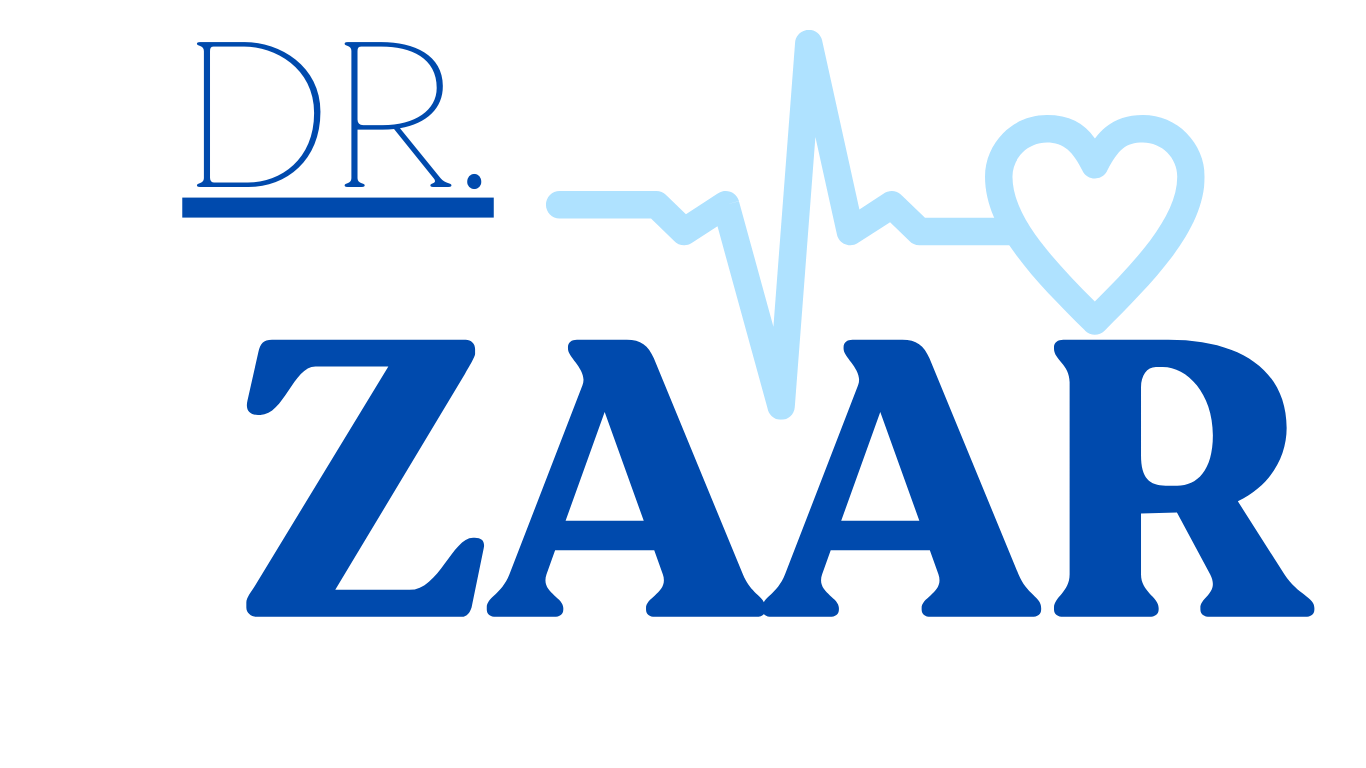The Role of Antidiuretic Hormone in Acromegaly: Managing Fluid Regulation
Introduction: Acromegaly, a disorder characterized by excessive growth hormone (GH) secretion, poses numerous challenges to the body’s homeostatic mechanisms, including fluid regulation. Among the hormonal players involved in this intricate balance, antidiuretic hormone (ADH) plays a pivotal role. This article explores the impact of ADH in acromegaly and the challenges it poses in maintaining fluid balance.
Understanding Acromegaly: Acromegaly stems from the overproduction of GH, often due to a pituitary adenoma. Excess GH leads to various systemic effects, including abnormal growth of tissues, metabolic disturbances, and cardiovascular complications. However, its influence on fluid regulation, mediated in part by ADH, is less understood but equally critical.
Role of ADH: ADH, also known as vasopressin, is a peptide hormone synthesized in the hypothalamus and released from the posterior pituitary gland. Its primary function is to regulate water reabsorption in the kidneys, thereby maintaining body fluid balance. ADH acts on the kidneys’ collecting ducts, increasing their permeability to water and promoting its retention in the body.
Implications in Acromegaly: In acromegaly, the dysregulation of GH can indirectly impact ADH secretion and action. Studies suggest that GH excess may lead to alterations in ADH release, although the exact mechanisms remain unclear. Furthermore, acromegalic patients often present with comorbidities such as hypertension and diabetes insipidus, further complicating fluid balance management.
Challenges in Fluid Regulation: The interplay between GH, ADH, and other hormones involved in fluid regulation creates a complex scenario in acromegaly. Excess GH may induce renal sodium retention, potentially counteracting ADH’s water-retaining effects. Moreover, cardiovascular complications associated with acromegaly, such as hypertension and cardiomyopathy, can exacerbate fluid imbalance.
Clinical Management: Managing fluid regulation in acromegaly requires a comprehensive approach. Treatment modalities aim to normalize GH levels through surgery, medication, or radiation therapy. However, achieving fluid balance remains a challenge. Monitoring electrolyte levels, renal function, and cardiovascular status is crucial in assessing the efficacy of treatment and minimizing complications.
Pharmacological Interventions: In some cases, pharmacological interventions targeting ADH receptors may be considered to manage fluid imbalance in acromegalic patients. However, the use of such agents requires careful consideration due to potential adverse effects, including hyponatremia and fluid overload.
Lifestyle Modifications: In addition to medical interventions, lifestyle modifications play a vital role in fluid balance management. Dietary adjustments, such as limiting sodium intake and maintaining adequate hydration, can help mitigate fluid retention and hypertension in acromegaly.
Future Directions: Further research is needed to elucidate the precise mechanisms underlying the interaction between GH and ADH in acromegaly. Novel therapeutic strategies targeting these pathways may offer promising avenues for improving fluid regulation and overall outcomes in affected individuals.
Conclusion: The impact of ADH in acromegaly underscores the complexity of fluid regulation in this disorder. Achieving optimal fluid balance requires a multidisciplinary approach, encompassing medical treatment, lifestyle modifications, and close monitoring of clinical parameters. By addressing the intricate interplay between GH and ADH, clinicians can better manage fluid-related complications and improve the quality of life for patients with acromegaly.
https://drzaar.com/what-are-the-effects-and-causes-of-adh-deficiency/

